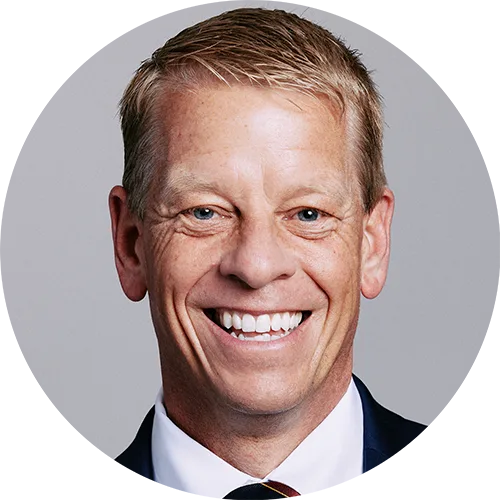Sawdust

In the first half the 20th century, no tent revival meeting was complete without an invitation to “hit the sawdust trail.” On this episode of 5 Minutes in Church History, Dr. Stephen Nichols paints a vivid picture of this memorable era.
Annie Dillard is a twentieth-century author. She was born in Pittsburgh. Her memoir Pilgrim at Tinker Creek won the 1975 Pulitzer Prize. In one of her writings, she recalls her time at a youth camp. She said it was “only half a step out of a tent.” And then she added, “You could still smell the sawdust.” She was referring to the so-called sawdust trail. Billy Sunday, the famous twentieth-century fiery evangelist, would tell his audiences, “You need to hit the sawdust trail.” He even would come to call his converts “trail hitters.”
So what is this, and why are we talking about sawdust? This is the era of the tent meeting revivals. Tents would be set up sometimes in the middle of nowhere, sometimes in lots in urban centers. And more often than not, the floor was a dirt floor. So a layer of sawdust would be put down, especially in the aisles. Now, this served some very practical purposes. This was dirt, after all, and it could get damp or even muddy when it rained. So the sawdust absorbed the moisture from the ground and kept the ground dry. Also, in these large urban tent meetings, crowds of over ten thousand, sometimes twenty thousand people would gather. That’s a lot of noise of steps and footfalls and shuffling feet. The sawdust served to dampen sound. There was also an aesthetic purpose for sawdust. It had a pleasant, memorable smell.
This sawdust trail is also sometimes called the sawdust circuit. Revivalists would refer to their itineraries, as they would go from town to town, as the sawdust circuit. They would invite sinners to come down the sawdust trail. The heyday of all this was in the 1900s to the 1940s.
The biggest name that was part of this was Billy Sunday. He was a huge national figure at the time. He was a professional baseball player turned revivalist. But there were countless pastors and revival preachers who crisscrossed rural America setting up tents and posting signs for revival meetings. And the climax of those revival meetings was the invitation, the altar call to come forward. This was articulated as, “You need to hit the sawdust trail and come forward.”
The evolution of the altar call goes back to Charles Finney and the Second Great Awakening. But in the twentieth century, it became not just a science, but also an art. This “hitting the sawdust trail” continued long past Billy Sunday’s death in 1935. We even see it in the present day.
The whole event was really something. People would dress up, park along the side of a rural road, and then tramp across a field and sit on a folding chair under a tent. Church folk would come, and the town drunk. There would be a row of migrant workers. It would be rich, poor, black, white, old, young, townsfolk, rural folk—all under the tent. There would be music: folk, gospel, country-style, stand-up piano, guitars, fiddles. People would play, clap, and sway to “I’ll Fly Away,” “Let’s Go Down to the River to Pray,” “The Old Rugged Cross,” and “Just As I Am.”
There would be a pulpit, and a preacher who would be anything but boring. He could hold a crowd, and he’d be able to bring them back the next night. All with a canvas tent stretched overhead and sawdust under your feet.
Recent Episodes
Church History Resolutions for the New Year
December 31, 2025|General Church History
Christmas in New England
December 24, 2025|The Person of Christ
A Little Church History of a Middle Colony: The First Great Awakening
December 17, 2025|American Church History
A Little Church History of a Middle Colony: Early Influences
December 10, 2025|American Church History
Gunpowder and a Proclamation
December 3, 2025|Geographical Perspectives
Thanksgiving in Church History
November 26, 2025|American Church History
